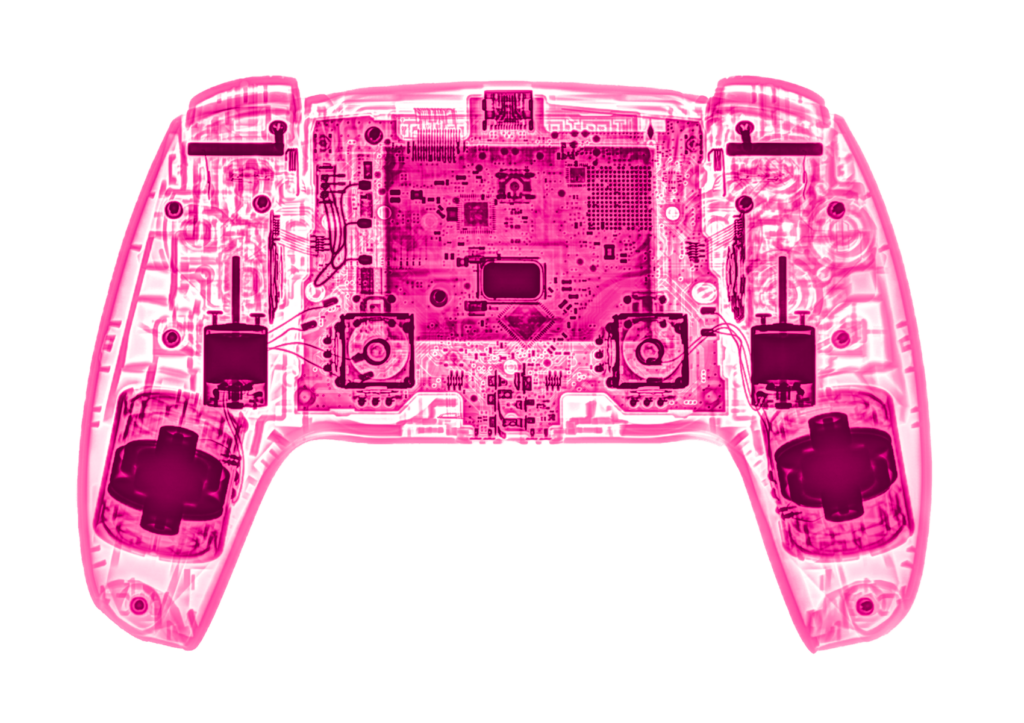Are Patient Dropouts Impacting Your Clinical Trial Success?
30% of
patients drop
out of trials
Causing delays.1
$19,000 for
each
replacement
Cost of patient recruitment.1
80% of trials
delayed by
~one month
With many delayed longer.1
YPrime’s clinical trial technology platform offers patient engagement features across eConsent and eCOA, leveraging user-friendly design, personalization, and behavioral science to drive patient retention and adherence.

Patient Engagement
with Certainty—We’ve
Got You Covered.
What we know for sure: before they are participants in clinical trials, patients are people. This belief drives our exploration of human behavior and understanding of user experience. By focusing on human-centric design, we ensure our solutions seamlessly integrate into patients’ daily routines, fostering greater engagement and ultimately improving their quality of life.
Let’s Solve with Certainty in Clinical Research—Together!
When we work together, you know that your clinical trial data is always in compliance and that the process will be easy. Our eConsent, IRT, and eCOA platform helps you deliver the clinical trial outcomes you need. Let’s get started!
Explore Insights from Our Experts.
Gain valuable perspectives on clinical trial design, high-quality data capture, operational efficiencies, and, ultimately, how to solve with certainty in clinical research.





